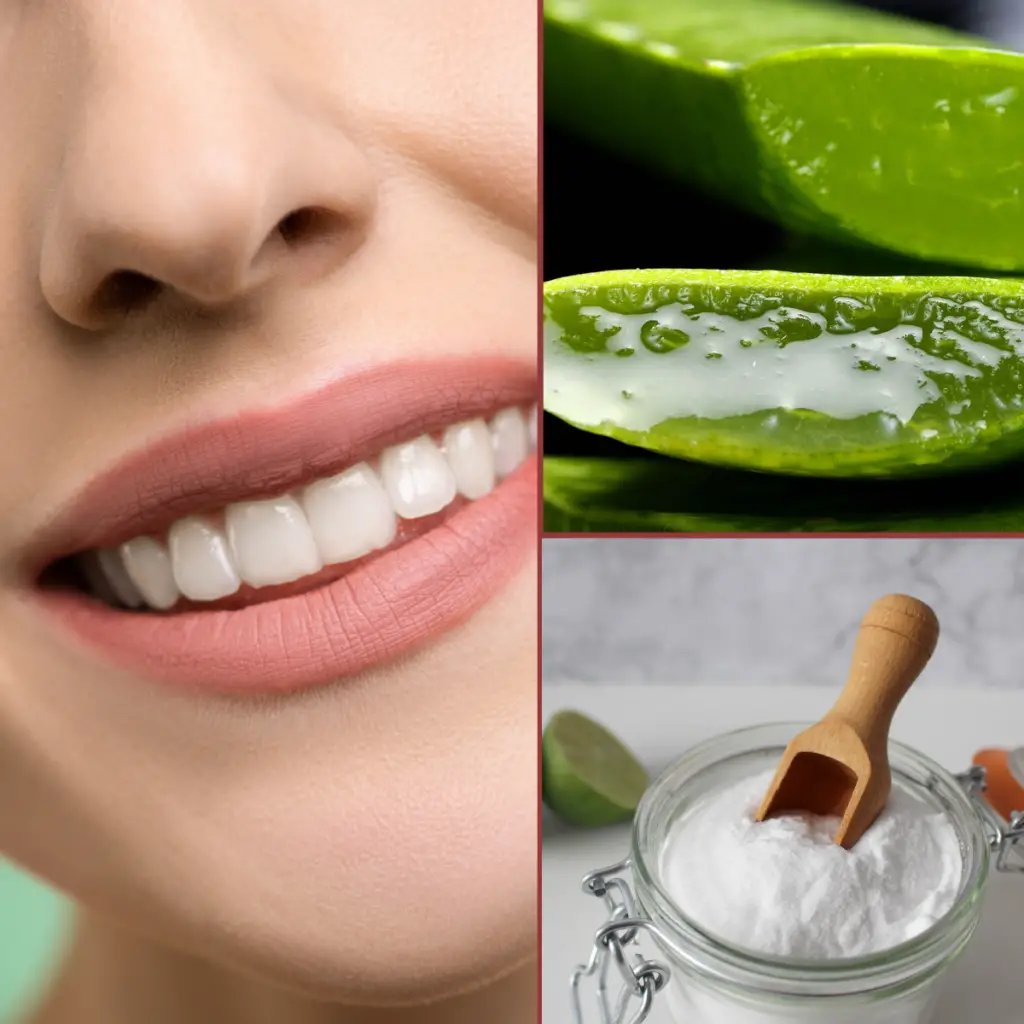Copper in ancient times
Copper was used a lot in ancient times. People used it in many different ways and for various purposes, from making pots and jewelry to protecting vineyards from being destroyed. Young girls and women, especially in ancient Rome, wore jewelry made from copper because it helped them have a better skin tone. A solution of copper sulfate, known as a blue stone, was sprayed over the vineyards to destroy mold, bacteria, viruses.
Copper health benefits
Copper improves the function of blood cells, strengthens the heart and bones, and protects against oxidative stress. It also destroys viruses and bacteria, decreases epileptic seizures, and stimulates elastin and collagen production.
Studies prove copper’s ability to fight viruses and bacteria
Copper is very effective for bacteria destruction. Studies show that it is highly efficient in killing bacteria that are very dangerous for our health. These bacteria include germs, MRSA, the neuro virus, some strains of Escherichia coli, some bacteria that are resistant to antibiotics, and the Coronavirus that is now spread.
Some biologists and scientists suggest that copper should be used in hospitals. Sadly, public health facilities and centers do not contain nor use copper in patients’ treatment.
How the germs enter our body?
The diseases in our body are caused by microbes that can stay on hard surfaces such as beds, fences, door handles, and similar things, up to five days. Touching those surfaces transmits germs to our body through our mouth, nose, or eyes infecting us.
How copper fights against bacteria and viruses?
Microbes and bacteria cannot survive on copper surfaces. If they fall down on a copper surface, they die. This happens due to copper’s release of ions that release outer membranes and destroy the entire cell, along with its DNA and RNA. And without DNA and RNA, the bacteria and the virus can not mutate nor can transmit antibiotic resistance genes to other microbes. So, they become resistant to copper. Even before science proves this, people knew the power of copper, they just did not know how it affects bacteria and viruses.
Since copper contains strong antimicrobial properties, it is widely used in countries that are technologically advanced. It is especially used in medicine and agriculture. The detailed research conducted during the last 10 years, has made the antimicrobial qualities of copper well known. It was approved as an antimicrobial material by the Environmental Protection Agency in 2008. Since then, many clinical trials have been conducted in the United States, the United Kingdom, Germany, and Japan. These studies have found out that bacteria and deadly pathogens are reduced by over 90 % in the first two hours of contact between copper and them. Other tests have also proved that Escherichia Coli, MRSA, and other bacteria die very fast when they come in contact with copper alloys.
Copper is a metal that can be recycled without losing any of its qualities and properties. That is why it is one of the most recycled metals on earth. Knowing all of its benefits, copper has begun to be used in public places in many countries. A theme park in Chile was built by copper, and water bottling stations at Atlanta Airport were replaced by copper.








